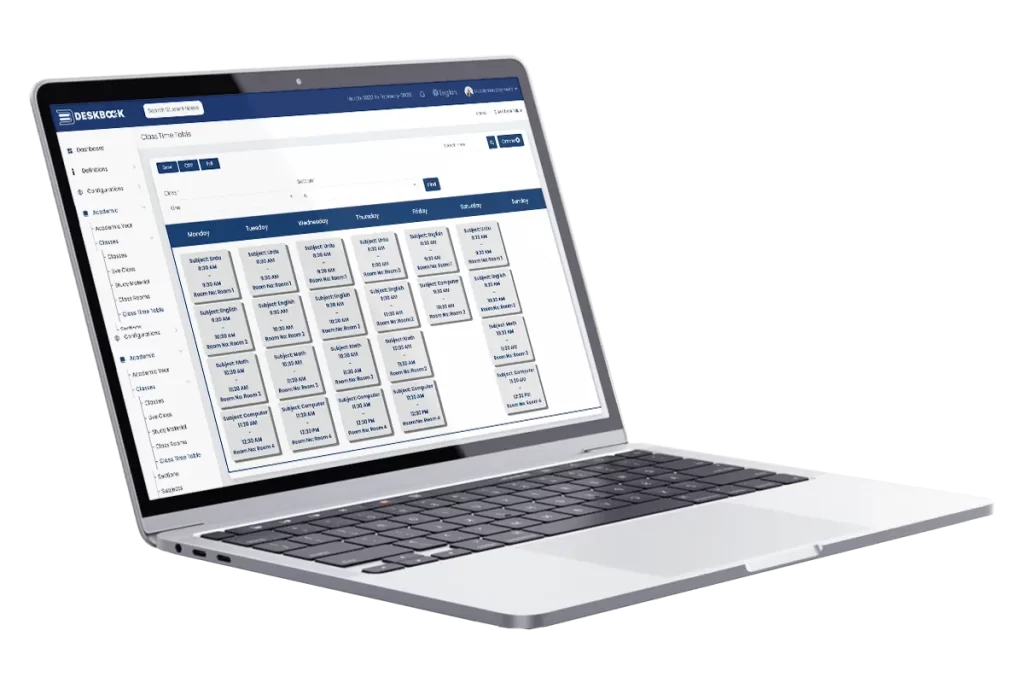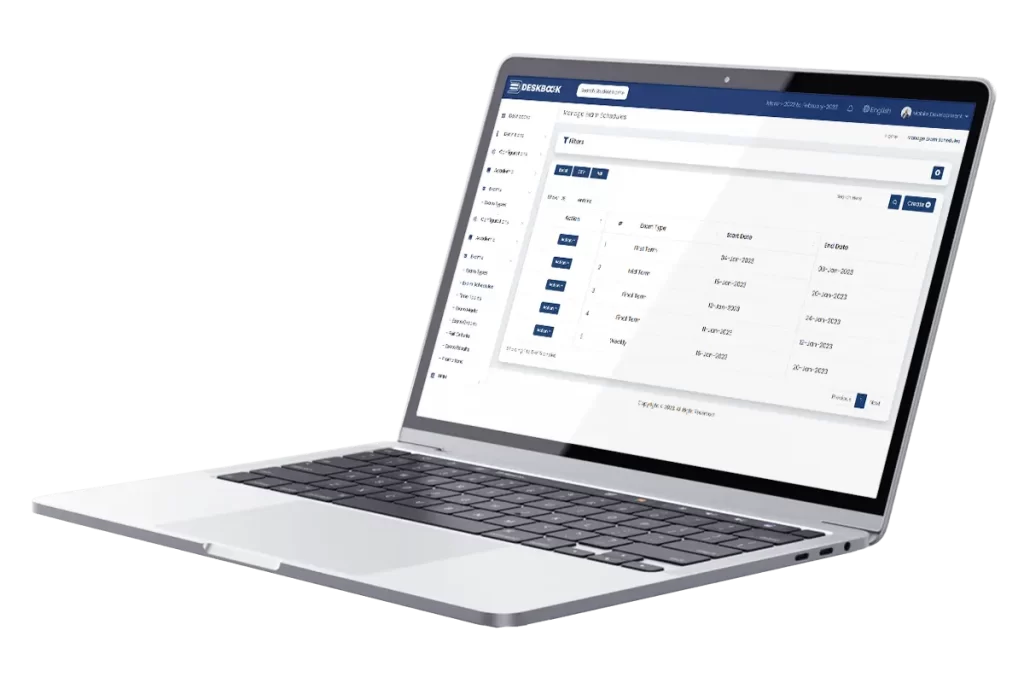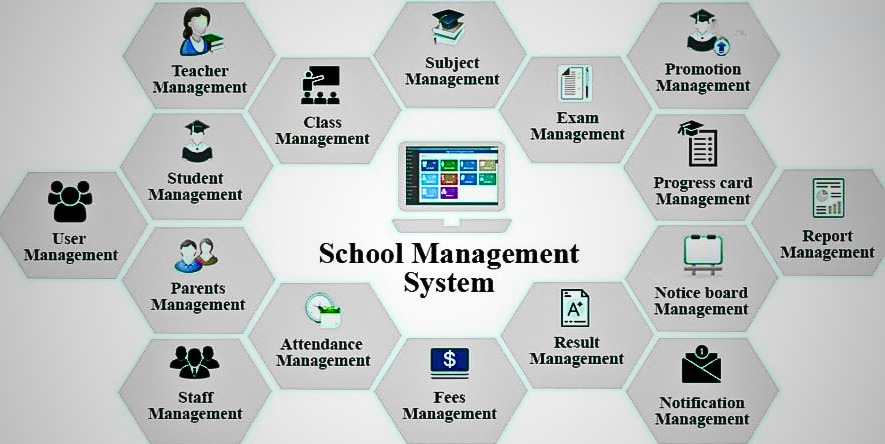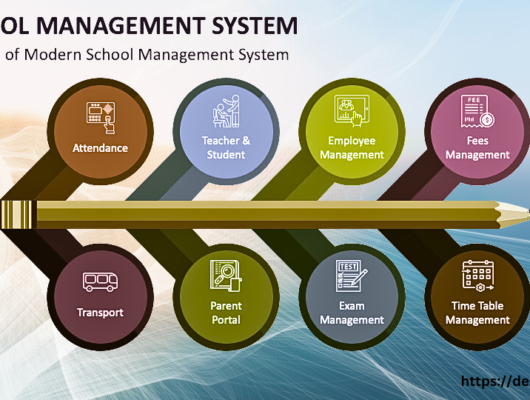A School Management System (school Management System) is a software solution that helps schools automate and streamline various administrative tasks. It encompasses school administration software, school software, and school systems that manage student information, academic records, and other school-related operations. An school Management System can significantly improve a school’s efficiency, communication, and decision-making capabilities.
Before choosing an school Management System, it’s essential to identify your school’s specific needs. Consider the biggest challenges in your current school administration process and what features are essential for your school’s efficient operation. Additionally, think about how you can improve communication between teachers, students, and parents. By answering these questions, you can narrow down your options and choose an school Management System that meets your school’s unique requirements.
Key Features of a Comprehensive School Management System:

A robust school Management System should include several key features. A Student Information System (school information system(SIS)) module manages student data, including personal information, attendance, grades, and schedules. A Learning Management System (LMS) facilitates online learning, course management, and assessment. Financial Management features help manage tuition, fees, and other financial transactions. Communication Tools enable seamless interaction between teachers, students, and parents. Reporting and Analytics provide valuable insights into school performance and student progress.
Integration Capabilities:

A good School Management System should easily integrate with other software solutions. If your school already uses an school information system(SIS) or LMS, ensure the school Management System can integrate with it. Seamless integration can help improve efficiency, reduce errors, and provide a better user experience.
User-Friendly Interface:
An school Management System with a user-friendly interface is essential for efficient use. Look for an intuitive design that’s easy to navigate, even for non-technical users. A user-friendly interface can help reduce training time, improve user adoption, and increase productivity.
Security and Data Privacy:

Security and data privacy are critical when choosing an school Management System. Ensure the software complies with relevant data protection regulations and offers robust security features, such as data encryption, access controls, and regular backups. By prioritizing security and data privacy, you can protect your school’s sensitive information and maintain compliance with regulations.
Evaluate the System’s Features:
Once you have a clear understanding of your needs, begin exploring different school management systems. Ensure the system offers essential modules like student information management, attendance tracking, gradebook, fee management, and reporting. Depending on your specific requirements, consider additional functionalities like online learning platforms, communication tools for parents and teachers, transportation management, and library management. Choose a system that can adapt to your school’s growth and evolving needs. In today’s mobile-driven world, ensure the system is accessible through user-friendly mobile apps for both students and parents.
3. Ease of Use and User Adoption:
A user-friendly interface is crucial for successful implementation and user adoption. The system should be easy to navigate and learn, with a clear and uncluttered design. Evaluate the availability of training materials and ongoing support offered by the vendor to ensure a smooth transition for staff and users. The system should offer granular control over user access and permissions, allowing administrators to define roles with specific functionalities.
4. Integration and Compatibility:
Seamless integration with existing software used in your school, such as accounting systems or learning platforms, can significantly enhance efficiency and avoid data silos. Ensure the school management system offers open APIs or pre-built integrations with commonly used applications.
5. Data Security and Privacy:
Student data security is paramount. Choose a school management system that prioritizes data security with robust features. Data should be encrypted end to end to prevent any loophole. The system should have a comprehensive backup and disaster recovery plan to ensure data integrity in case of unforeseen events.

6. Vendor Reputation and Customer Support:
Researching the vendor’s reputation and customer support is crucial. Choose a vendor with a proven track record of success in the education sector, demonstrating their expertise in catering to the specific needs of schools. Evaluate the vendor’s customer support options, including availability, response times, and offered support channels (phone, email, live chat). Read online reviews and testimonials from other schools using the school management system to gain insights into their experiences.
7. Free Trials and Demos:
Most reputable vendors offer free trials or demo versions of their school management systems. Take advantage of these opportunities to test-drive the software and experience its functionalities firsthand. This allows you to assess the user interface, identify potential challenges, and confirm if it aligns with your expectations.

Making the Final Decision:
When choosing an school Management System, consider your school’s specific needs and challenges, the software’s key features and capabilities, integration with existing software solutions, user-friendliness and security, vendor support and training, cost and ROI, and implementation and customization options. By carefully considering these factors, you can choose the right School Management System that will streamline your school’s administrative tasks, improve communication, and provide valuable insights into school performance and student progress.



